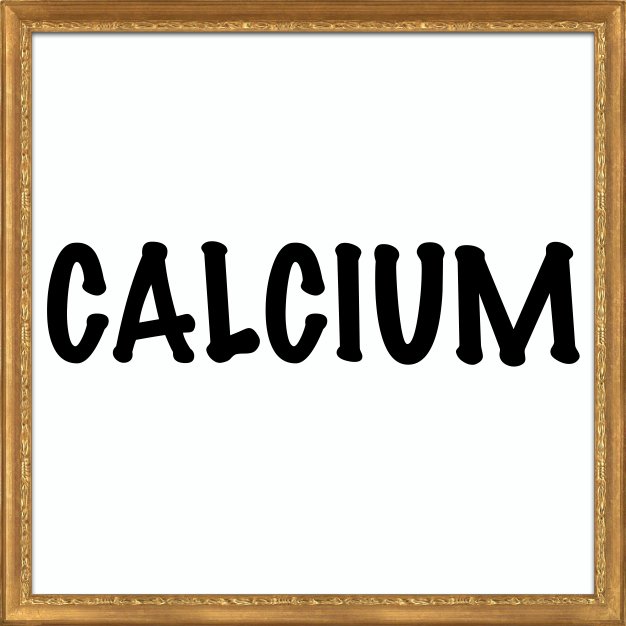The recommended daily dose contains:
- Calcium 523,740 mg
- Phosphorus 177,750 mg
- Pine 3,000 mg
- Vitamin D (cholecalciferol) 0.006 mg
- Vitamin K1 0.075 mg
Calcium
Calcium is the most abundant mineral in the human body, being 99% in the bones and teeth where it plays a structural role. Its deficiency in children leads to rickets, and in adults to softening of the bones and osteoporosis (loss of calcium from the bones and thinning of their density, which causes them to be fragile and prone to breaking). A decrease in bone calcium occurs with age in all individuals, and is greatest in women during menopause.
|
Phosphorus
Phosphorus, like calcium, is part of bone tissue. It is an indispensable mineral in the growth process, as well as in the maintenance of healthy bones and teeth. Phosphorus and calcium levels are closely related to each other, and to maintain the correct chemical balance, a person needs twice as much calcium as phosphorus. Phosphorus is the second most important mineral for health after calcium, because of its role in the health of bones, teeth and the proper functioning of the brain, heart and kidneys. Phosphorus helps to relieve the symptoms of osteoporosis, keeps the gums in good health, helps restore tooth enamel and affects muscle and mental activity.
|
Pine
Boron is an element that is contained in bone tissue and supports the metabolism of the minerals calcium, magnesium, phosphorus and vitamin D. One of the main functions of boron is related to the good health of joints and bones. This mineral contributes to the repair and strengthening of joints, increases bone density, helps preserve bone strength and reduces the risk of trauma, arthritis, osteoarthritis and osteoporosis. In addition to increasing bone density, boron supports the absorption of some amino acids such as phenylalanine, tyrosine and tryptophan, increases estrogen levels in women and testosterone in men, strengthens tooth enamel and stimulates brain functions.
|
Vitamin D (cholecalciferol)
Cholecalciferol (or Calciol for short), vitamin D3 is the physiologically occurring vitamin D in all non-plant eukaryotes and, accordingly, in humans. In food, it is mainly found in fish or added to food as a food additive. In the body, it assumes the function of a precursor and through an intermediate stage is converted into calcitriol. Vitamin D plays an important role in regulating blood calcium levels and bone structure. Vitamin D deficiency leads in the medium term to childhood rickets, and in adults to osteomalacia/osteoporosis. Since the 1990s, vitamin D has been shown to have functions in a variety of other tissues that include cell differentiation, inhibition of cell proliferation, apoptosis (cell death), immune modulation, and control of other systems. Vitamin D deficiency, according to the results of previous studies, is a risk factor for autoimmune diseases, such as multiple sclerosis, Crohn's disease, diabetes mellitus type 1), infectious diseases, high blood pressure, cardiovascular diseases, metabolic syndrome, muscle weakness, dementia, Parkinson's disease and disorders of the effective functioning of the brain. Vitamin D is protective against various types of cancer, such as breast cancer, leukemia, kidney cancer, ovarian cancer, and pancreatic cancer. In addition, vitamin D may reduce the number of falls in people over 65. Taking 700-1000 IU reduces the risk of falling by 19%.
|
Vitamin K1
Vitamin K is key to blood clotting, limiting bleeding and preventing excessive bleeding. Cases of vitamin K deficiency are relatively rare in adults, but quite common in infants and children. Normally, the body is sufficiently supplied with vitamin K with a varied diet. Additional intake of vitamin K is recommended for pregnant women, nursing mothers, athletes, people with absorption problems, with anemia, alcohol abuse and others. Vitamin K1 is the preferred form of vitamin K because it is non-toxic, faster acting and stronger. Vitamin K1 also helps to normalize blood sugar levels.
|




There are no reviews yet.